The study of genetics is key to understanding the foundations of life, and one of the most fascinating aspects of this is meiosis. Meiosis errors can lead to significant health problems, and this article will provide a detailed look at these events. This exploration will cover the mechanics and the consequences of these errors.
Table of Contents
Read More
The field of genetics reveals the intricate dance of cellular division, and understanding this dance is vital for grasping the complexities of human health. The process of meiosis, essential for sexual reproduction, is prone to errors that can have profound consequences. This article will delve into meiosis errors and their impact on genetic disorders, examining the mechanisms behind these errors and the resulting health implications.
Unraveling the Mysteries of Meiotic Errors
The genesis of life relies on the meticulous orchestration of cellular events, and meiotic division is no exception. It is a delicate process that ensures genetic diversity and proper chromosome segregation. However, things can go awry.
Nondisjunction: A Major Culprit
Nondisjunction is a primary cause of meiosis errors, which is the failure of homologous chromosomes or sister chromatids to separate correctly during meiosis I or II. This can lead to gametes with an abnormal number of chromosomes, a condition known as aneuploidy. The consequences of nondisjunction are far-reaching, often resulting in significant developmental issues.
During meiosis I, homologous chromosomes, each carrying a set of genes, should separate, with one chromosome going to each daughter cell. In nondisjunction, both chromosomes from a pair end up in the same daughter cell. The other daughter cell receives none. This uneven distribution of chromosomes leads to aneuploidy in the resulting gametes.
In meiosis II, the sister chromatids, which are identical copies of a chromosome, should separate. If nondisjunction occurs here, sister chromatids fail to separate, also resulting in aneuploidy. The impact on the gametes is the same, regardless of whether it occurs in meiosis I or II.
Chromosomal Abnormalities and Their Consequences
The result of meiosis errors, particularly nondisjunction, is a variety of chromosomal abnormalities. These irregularities can significantly affect the health and development of offspring. The most common of these is trisomy, where an individual has three copies of a particular chromosome instead of the usual two.
Trisomy 21, also known as Down syndrome, is one of the most well-known examples, where there is an extra copy of chromosome 21. This results in a range of physical and developmental characteristics. Other trisomies, such as trisomy 18 (Edwards syndrome) and trisomy 13 (Patau syndrome), are also associated with severe health issues and reduced life expectancy.
Monosomy, the presence of only one copy of a chromosome, is another potential outcome. Turner syndrome, where females are born with only one X chromosome, is an example of monosomy. These individuals often have specific physical traits and may experience health complications. The severity of the effects of these abnormalities depends on the specific chromosome affected and the extent of the imbalance.
Mechanisms and Contributing Factors
The precision of meiotic division is critical for the proper segregation of chromosomes, but several factors can increase the likelihood of meiosis errors. Understanding these mechanisms is key to explaining the occurrences of these errors and developing strategies to mitigate the risk. The age of the mother is one of the most well-documented factors.
Maternal Age and Meiotic Errors
The likelihood of meiotic errors increases significantly with maternal age. As women age, their oocytes (egg cells) remain in a suspended state of meiosis for many years. The longer they remain in this state, the greater the chance that errors will occur during chromosome segregation. Research has shown that women over 35 have a higher risk of having a child with a chromosomal abnormality.
This increased risk is due to several factors. One is the weakening of the cellular structures responsible for chromosome segregation. Another is the accumulation of age-related damage to the oocytes. These changes make it more likely that nondisjunction will occur during meiosis I or II, leading to aneuploidy.
The specific mechanisms by which maternal age impacts meiotic fidelity are complex and still under investigation, but the correlation is clear. This association underscores the importance of prenatal screening and genetic counseling, especially for older mothers. These provide valuable information to assess the risks and prepare for potential challenges.
Environmental Factors and Other Influences
Environmental factors may also play a role in the incidence of meiosis errors, although the evidence is less conclusive than the link to maternal age. Exposure to certain chemicals or radiation may damage chromosomes and increase the risk of nondisjunction. These factors can interfere with the processes of chromosome segregation, leading to abnormal gametes.
Other potential influences include genetic predispositions and lifestyle factors. Some individuals may have genetic variations that make them more susceptible to meiotic errors. Similarly, certain lifestyle choices, such as smoking or excessive alcohol consumption, could potentially affect the meiotic process.
Further research is needed to fully understand the impact of environmental and lifestyle factors on meiotic fidelity. But the data available suggests that a holistic approach to reproductive health, including minimizing exposure to harmful substances and maintaining a healthy lifestyle, may help reduce the risk of chromosomal abnormalities.
Key Takeaways
The intricate dance of meiosis is essential for life, but errors can occur, leading to significant health issues. Understanding the causes and consequences of these errors provides a foundation for better reproductive health practices. This knowledge not only helps in prenatal screening and genetic counseling but also fuels the ongoing research into the underlying mechanisms of meiotic division. Through continued research, we can improve the quality of life for those affected by genetic disorders.
| Error Type | Description | Consequences |
|---|---|---|
| Nondisjunction | Failure of chromosomes to separate properly during meiosis I or II. | Aneuploidy, leading to conditions like Down syndrome (Trisomy 21) or Turner syndrome (Monosomy X). |
| Trisomy | Presence of three copies of a chromosome. | Down syndrome, Edwards syndrome, Patau syndrome; developmental delays, physical abnormalities, and potential reduced lifespan. |
| Monosomy | Presence of only one copy of a chromosome. | Turner syndrome; physical traits, health complications, and developmental issues. |
We also Published
RESOURCES
- Genetics, Meiosis – StatPearls – NCBI Bookshelf
- 7.3: Errors in Meiosis – Biology LibreTexts
- Meiosis errors in over 20,000 oocytes studied in the practice of …
- Bivalent separation into univalents precedes age-related meiosis I …
- The Consequences of Chromosome Segregation Errors in Mitosis …
- Errors in Meiosis – Introductory Biology: Evolutionary and Ecological …
- Meiosis interrupted: the genetics of female infertility via meiotic …
- Meiosis errors in over 20,000 oocytes studied in the practice of …
- Medical Genetics: How Chromosome Abnormalities Happen
- Live chromosome identifying and tracking reveals size-based spatial …
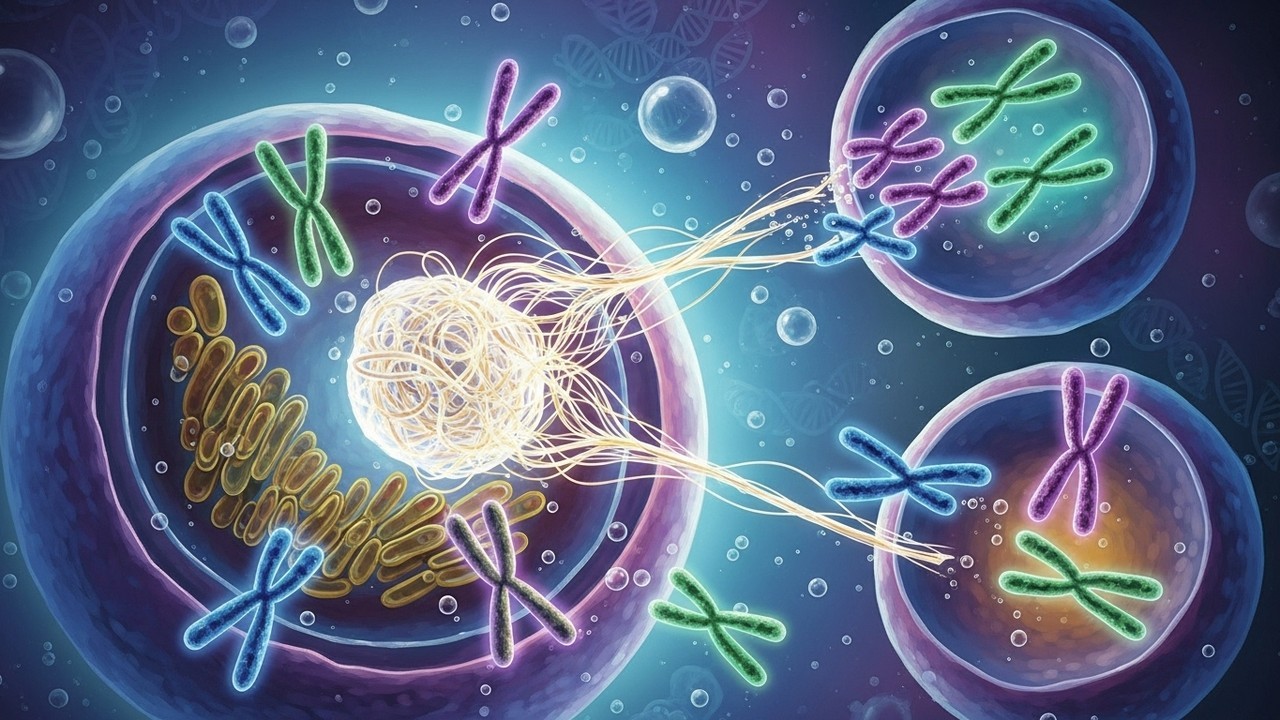
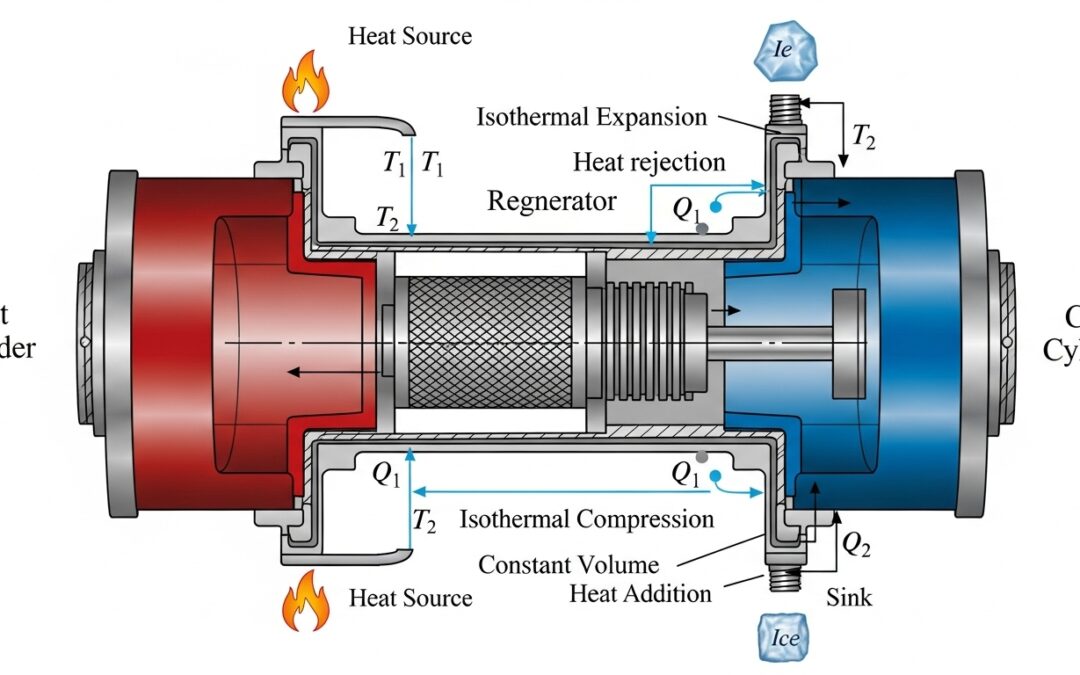


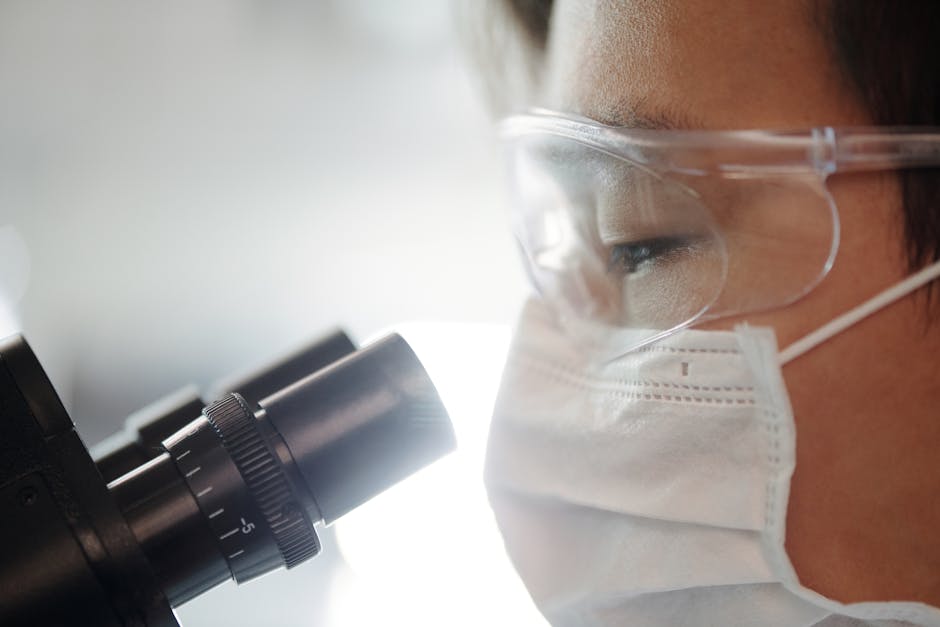
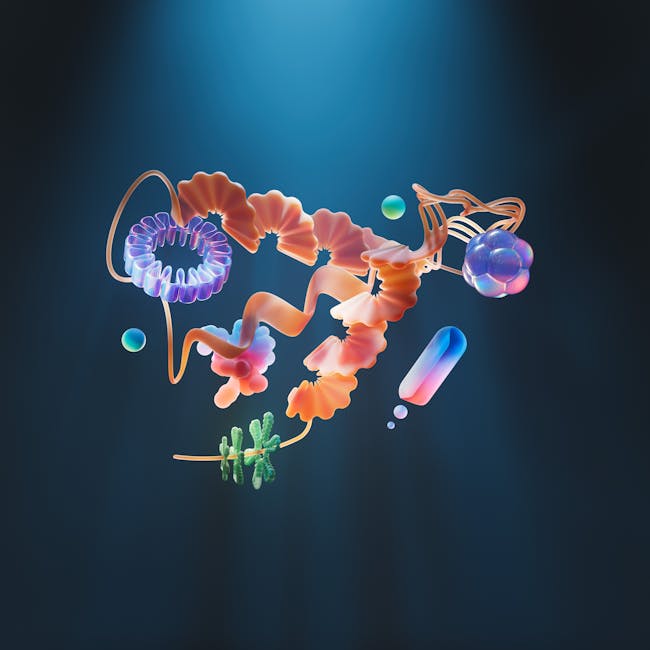
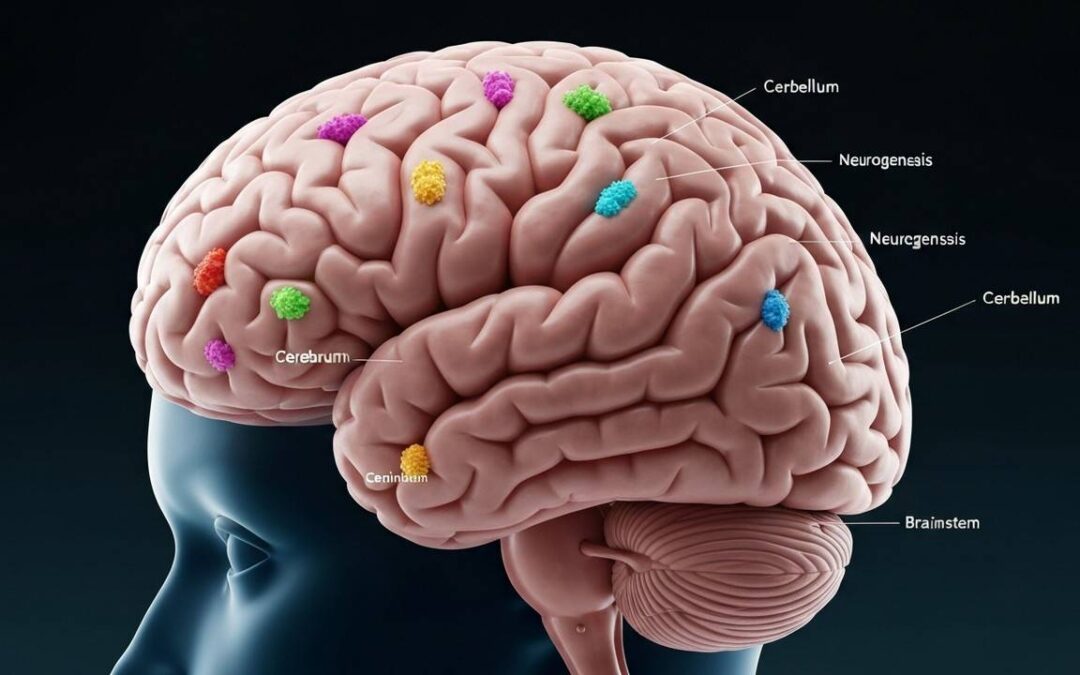
0 Comments